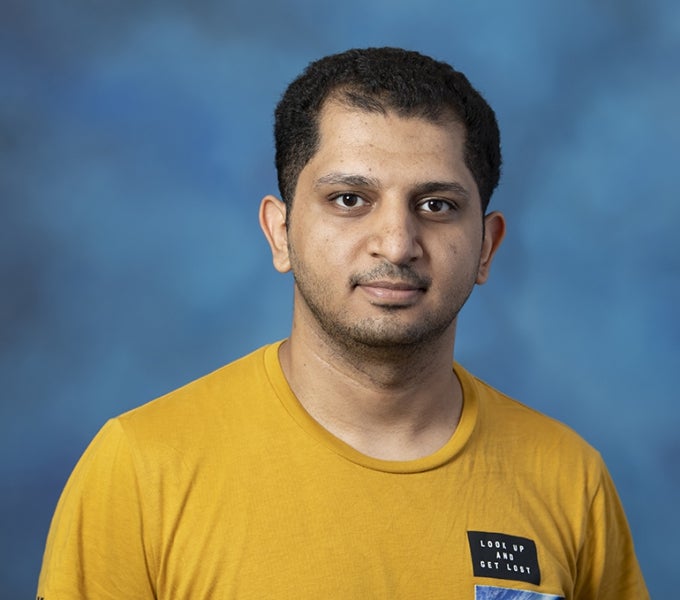Bose-Einstein Condensation of Microcavity Exciton-Polaritons
The Waterloo Institute for Nanotechnology (WIN) is pleased to invite you to Coffee and Connection with our executive director Sushanta Mitra with a guest speaker Hassan Alnatah a PhD candidate at the University of Pittsburgh.
This seminar is titled "Bose-Einstein Condensation of Microcavity Exciton-Polaritons" and will be held on Thursday, August 17, 2023 at 3:30 PM in QNC 1501. Registration is not required!
Abstract
Exciton-polaritons
are
mixed
light-matter
particles
emerging
from
the
strong
coupling
between
cavity
photons
and
quantum-well
excitons.
As
interacting
bosons,
polaritons
demonstrate
quantum
phenomena
such
as
Bose-Einstein
condensation
(BEC)
and
superfluidity
at
temperatures
from
tens
of
Kelvin
up
to
room
temperatures.
Imaging
of
the
leaked
photons
from
the
cavity
give
direct
experimental
accessibility
to
the
quantum
statistics
of
the
polaritons
gas,
making
polaritons
a
unique
testbed
for
the
study
of
macroscopic
quantum
effects.
I
will
first
give
a
general
introduction
to
exciton-polaritons.
In
the
first
part
of
my
talk,
I
will
discuss
our
results
on
the
coherent
fraction
of
a
homogenous
polariton
gas
in
thermal
equilibrium.
We
have
measured
the
distribution
function
of
a
homogenous
polariton
gas
near
resonance
and
shown
that
it
is
well
described
by
a
Bose-Einstein
distribution,
indicating
that
the
polariton
gas
is
in
thermal
equilibrium
(Fig.
1).
Although
condensate
fraction
of
a
strongly
interacting
Bose
gas
case
has
been
studied
extensively
in
helium-4
via
superfluidity
measurements,
this
has
been
much
harder
to
do
in
the
weakly
interacting
Bose
gas
(WIBG)
limit
with
cold
atoms.
Therefore,
a
verification
of
WIBG
theory
would
be
of
real
interest.
Our
system
allows
us
to
directly
measure
the
coherence
of
the
polariton
gas
by
creating
the
interference
pattern
of
the
light
emitted
from
the
gas
overlapped
with
its
mirror
image.
Figure
2
shows
the
coherent
fraction
of
the
polaritons
as
a
function
of
their
density.
This
allows
comparison
of
our
results
with
theoretical
predictions
of
the
coherent
fraction
of
an
interacting
2D
Bose
gas.
In
the
second
part
of
my
talk,
I
will
discuss
our
results
on
the
persistent
circulation
of
a
polariton
fluid.
Persistent
circulation
is
a
canonical
effect
of
superfluidity.
We
directly
observe
quantized
circulation
of
a
polariton
condensate
in
a
well-controlled
steady
state.
We
can
cause
the
condensate
to
circulate
in
either
direction
on
demand
using
a
short
laser
pulse.
Figure
3
shows
the
interference
images
of
the
condensate
in
a
Mexican-hat
trap
with
its
mirror
image.
The
different
number
of
fringes
on
the
top
and
the
bottom
implies
the
circulation
of
the
condensate.
Surprisingly,
we
find
that
the
time
scale
of
the
persistence
is
extremely
long
compared
to
the
pulse
that
stimulates
the
circulation,
suggesting
that
the
condensate
is
robust
to
many-body
interactions.
Biography
